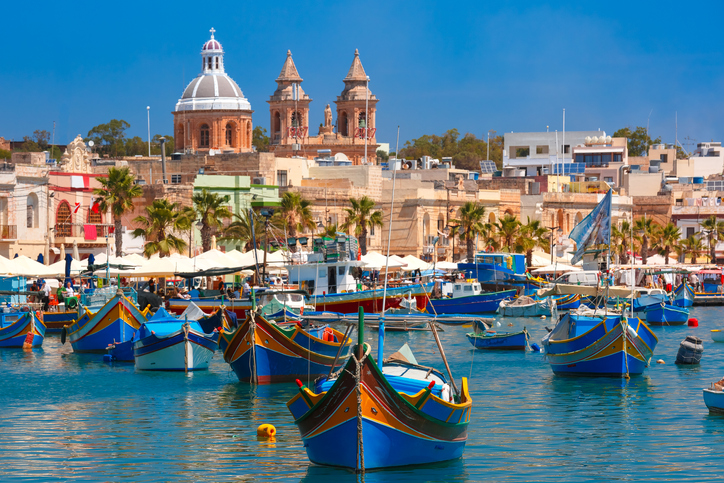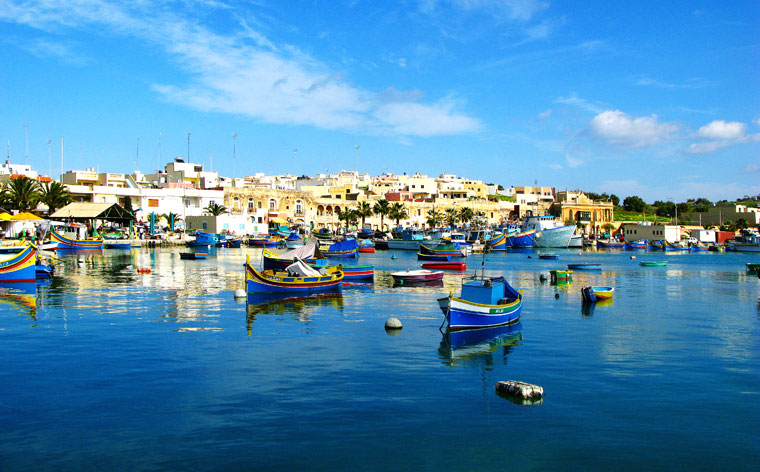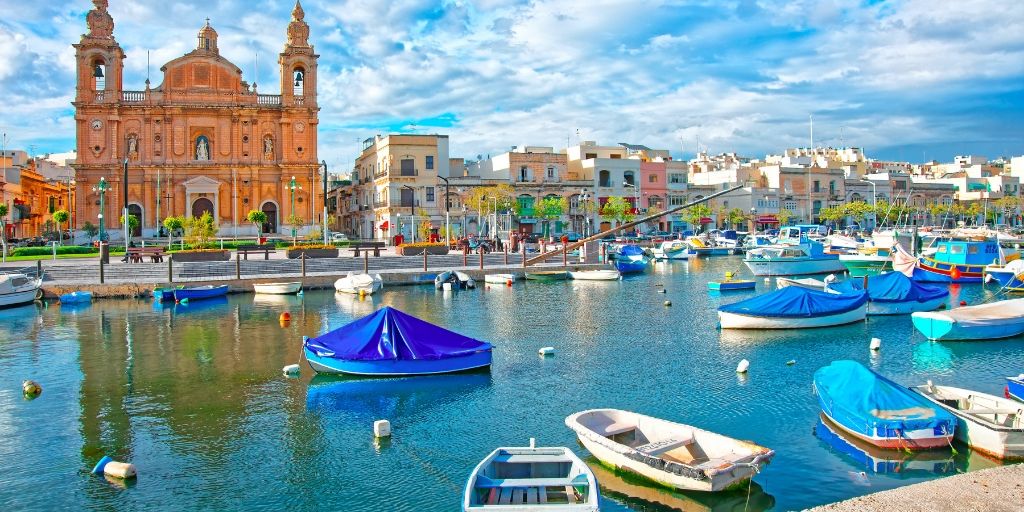Savor the flavors of Malta: a culinary journey that will take you on a gastronomic adventure like no other.
Malta, a small island nation located in the Mediterranean Sea, is a paradise for food lovers. Its cuisine is a reflection of its rich history and cultural diversity, bringing together the flavors of the Mediterranean and North Africa to create a unique and delicious fusion of tastes.
From fresh seafood to traditional Maltese dishes, Malta offers a wide range of gastronomic experiences that are sure to delight your taste buds.
As you embark on this culinary journey, you will discover the influences that have shaped Maltese cuisine over the centuries. From the Phoenicians to the Arabs, from the Knights of St. John to the British, Malta’s history is reflected in its food.
You will taste the flavors of traditional Maltese dishes such as rabbit stew and pastizzi, as well as the modern and innovative creations of Michelin-starred chefs.
Whether you are a foodie or simply looking for a new and exciting culinary experience, Malta is sure to satisfy your appetite and leave you wanting more.
So come, join us on this journey and savor the flavors of Malta.
Maltese Cuisine Overview
Maltese cuisine is a fusion of different cultural influences, resulting in a diverse and delicious culinary experience that is reflective of the island’s history and culture.
The cuisine in Malta is heavily influenced by Mediterranean and North African flavors, with traditional recipes dating back centuries.
The island’s history of colonization by various civilizations, including the Phoenicians, Arabs, and British, has also left a mark on its culinary traditions.
One of the highlights of Maltese cuisine is its seafood specialties.
The island’s location in the middle of the Mediterranean Sea means that it has access to some of the freshest seafood in the world.
Popular dishes include lampuki (dorado), octopus stew, and spiny lobster.
Fish is often served simply grilled or baked with a lemon and herb dressing, allowing the natural flavors to shine through.
Overall, Maltese cuisine is a true reflection of the island’s rich history and culture, and a must-try for any food lover visiting Malta.
Influences on Maltese Cuisine
The cuisine of Malta is a reflection of the island’s rich history and culture, with influences from various Mediterranean and North African flavors. The island’s location at the crossroads of several civilizations, including the Phoenicians, Greeks, Romans, Arabs, and British, has shaped its culinary traditions over the centuries.
The Maltese cuisine is characterized by its use of fresh and seasonal ingredients, such as tomatoes, olives, capers, and citrus fruits. Historical influences are also evident in the traditional dishes of Malta.
For example, the national dish, rabbit stew, has its roots in the British occupation of the island, while the Arabic influence is apparent in the use of spices such as cinnamon, cumin, and coriander. The Sicilian influence is also evident in the use of pasta and ricotta cheese in Maltese cuisine.
The result is a unique fusion of flavors that is both diverse and delicious, making Malta a food lover’s paradise.
Gastronomic Experiences in Malta
With its wide range of gastronomic experiences, Malta offers something for every type of food enthusiast, from casual diners to fine-dining aficionados, making it a must-visit destination for any culinary traveler.
The Maltese Islands are home to many top-rated restaurants that offer a rich culinary history worth experiencing. Michelin-starred restaurants such as De Mondion and Noni, offer a unique dining experience that is sure to impress even the most discerning foodies.
Apart from fine dining, Malta also offers a variety of local specialties that are not to be missed. Traditional Maltese dishes such as rabbit stew, ġbejniet (sheep’s milk cheese), pastizzi (savory pastries filled with ricotta or mushy peas), and ftira (Maltese bread) are just a few of the local delicacies that are worth trying.
For those looking for a quick snack, the Maltese version of the sandwich, known as the ‘hobż biż-żejt’ (bread with oil), is a must-try.
Overall, Malta’s diverse gastronomic experiences are not to be missed, making it a food lover’s paradise.
Frequently Asked Questions
What is the most popular traditional Maltese dish?
The most popular traditional Maltese dish is Maltese rabbit stew, which is made with local rabbit, vegetables, and red wine. Another popular dish is Pastizzi pastry, a flaky pastry filled with either cheese or pea mash. Both dishes offer a delicious taste of Maltese cuisine.
How has Maltese cuisine evolved over time?
How has Maltese cuisine evolved over time? Through centuries of Arab, Sicilian, British, and other influences, Maltese cuisine has become a fusion of flavors, with recent innovations in local ingredients and techniques adding to its diverse and delicious offerings.
Are there any unique ingredients used in Maltese cuisine?
Maltese cuisine incorporates unusual ingredients like rabbit, snails, and horsemeat, as well as traditional spices like cinnamon, cloves, and aniseed. These ingredients are a reflection of the island’s history and culture, creating a unique and flavorful culinary experience.
Can you recommend any hidden gem restaurants in Malta?
Top rated seafood can be found at Barracuda Restaurant and Tartarun Fish Restaurant, while quaint cafes like Fontanella Tea Garden and Caffe Cordina offer lovely ambiance. These hidden gems are a must-visit for foodies in Malta.
How has Malta’s history influenced its cuisine?
Influences on Malta’s cuisine are evident in the blend of Arab and Sicilian flavors. Malta’s colonial past has also shaped its culinary identity, resulting in a fusion of Mediterranean and North African cuisine.










